
Don Pedro Enríquez married successively two sisters, Beatriz de Ribera, the first-born, and Catalina. The existence of offspring from the first marriage implied the need to constitute, for the offspring of the second marriage, the identity of a new lineage which was expected to break away from the main trunk: main houses in keeping with its status, the germ of today's Pilate's Houseand a dwelling place for eternity, the Chapel of the Chapter of the Carthusian Monastery of the Caves.
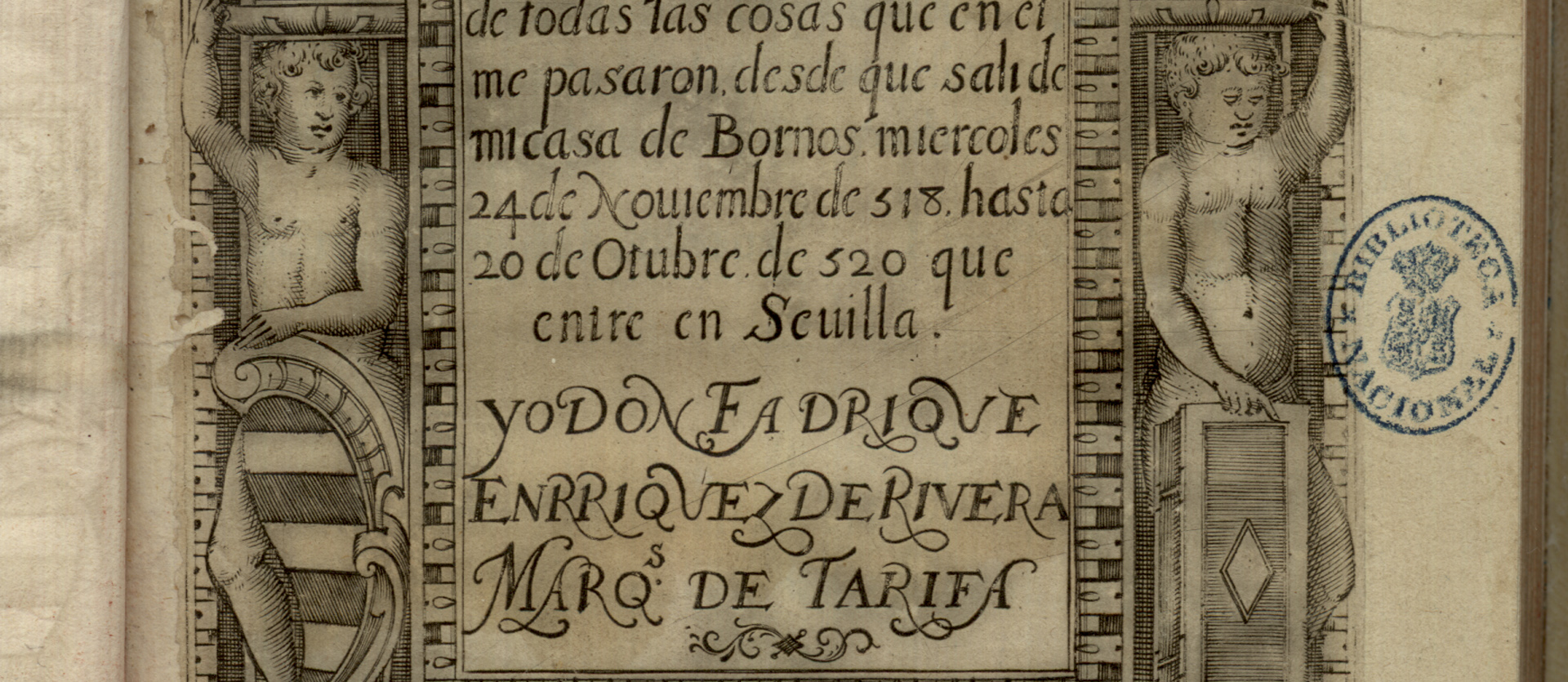
Born in 1476, he was the first-born of the second marriage of Don Pedro Enríquez. In 1506 he inherited a considerable fortune from his mother, which was substantially increased when he succeeded, in 1509, to the house and Ribera's entailed estateto his half-brother Francisco. Between 1518 and 1520 he carried out a pilgrimage to Jerusalem that, by through Italyexposed him to the best of the Renaissance, which will transform its palace and Seville's urbanism.

Nephew of the 1st Marquis of Tarifa, he inherited the main entailed estate of the Enriquez de Ribera family in 1539. He was created Duke of Alcalá in 1558 by King Felipe II, who also appointed him to occupy the viceroyalties of Catalonia and Naples successively. In the latter viceroyalty, he became fond of the collecting ancient marbles To such an extent that he appears in the correspondence of the time as a buyer of antiquities in the company of such reputable collectors as Cosimo de Medici and Cardinal Farnese.
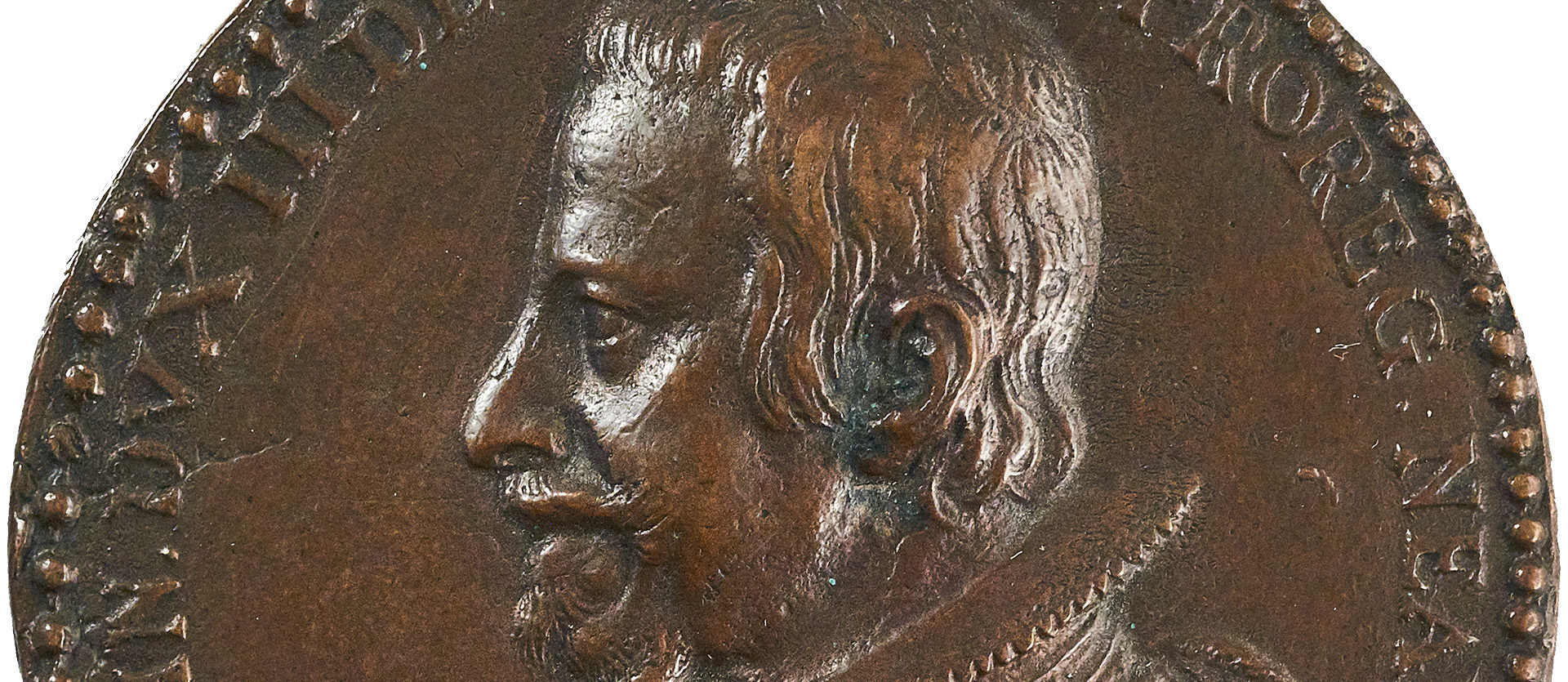
A great-nephew of the 1st Duke of Alcalá, he was born in Seville on 10 May 1583, in a family environment imbued with a cult of letters. His father was orphaned at the age of seven, but he nevertheless received a careful education and soon showed a huge love of the humanitiesHe surrounded himself in his Sevillian palace with the best humanists in the city and, above all, with painting, of which he built up an extraordinary collection that included the work of José de Ribera whom he met when he was Viceroy of Naples.
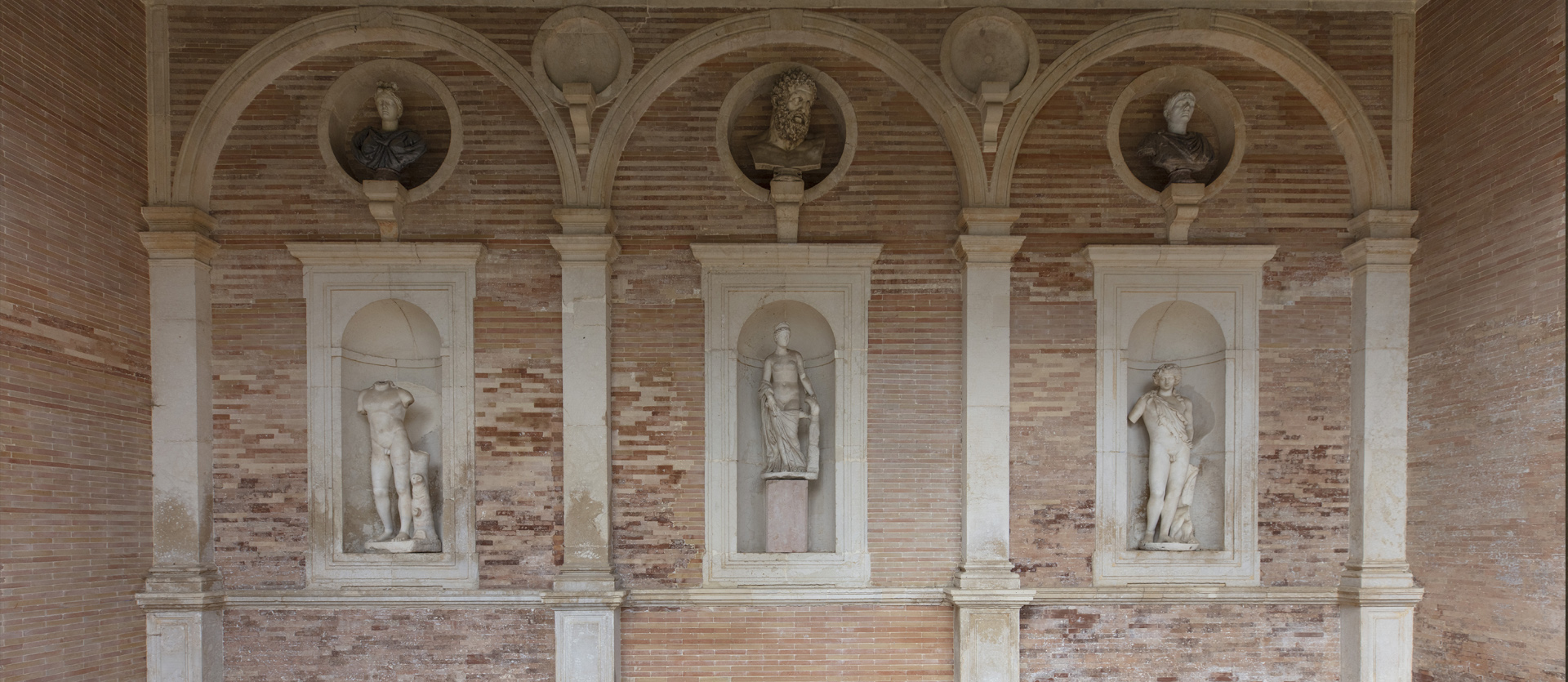
Architect who, from Naples, travelled to Seville around 1568, commissioned by the viceroy, the 1st Duke of Alcalá, to adapt his Sevillian palace to exhibit the sculpture collection he had formed in Naples in the modern manner, i.e. by integrating it with the architecture. Instead of modifying the old palace, he built a new one. adjacent to it. Between 1569 and 1572 it was also Master of the City and the factory of the Hospital de las Cinco Llagas founded by Catalina de Ribera.

He was a fundamental artist in the Seville of the first half of the 17th century, not so much because of his creative quality, which was medium-sized and of a retarded taste, as because his condition of painter, poet, scholar and art theorist gave him great influence among painters and intellectuals of the time. His workshop was attended, as traineespainters of the stature of Alonso Cano y Diego Velázquez whom he protected and promoted, even going so far as to marry the latter to his daughter Juana.
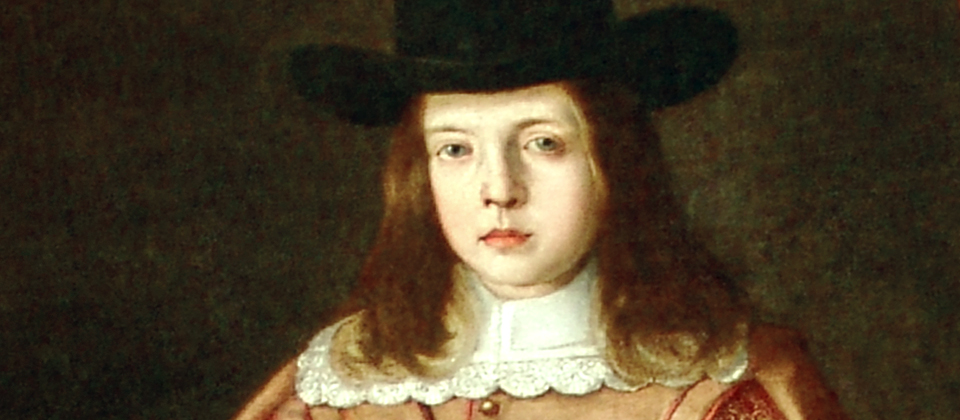
Juan Francisco de la Cerda Enriquez de Ribera was the first Duke of Medinaceli to own the House of Pilatos, when he succeeded his mother, the 5th Duchess of Alcalá de los Gazules, who also passed on to him the marquisal house of Alcalá de la Alameda. Both houses were the first to be added to that of Medinaceli. In addition, by marriage, this first minister of Charles II added the houses of Segorbe, Cardona and Lerma.
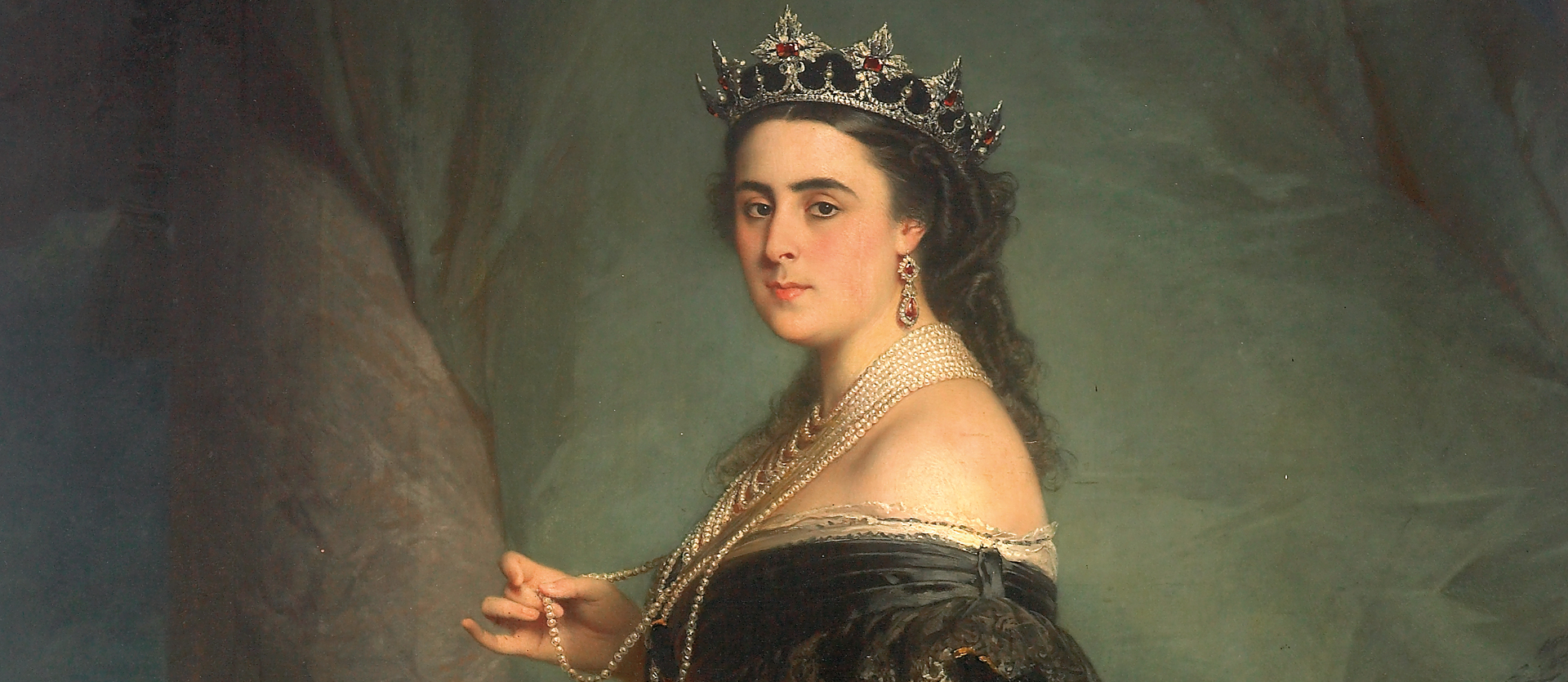
The first-born daughter of the Marquis of Peñaflor, in 1848 she married the 15th Duke of Medinaceli, a marriage from which six children survived and among whom the assets of the House were divided for the first time. Her Andalusian origins, together with the conversion of Seville into a second court with the Montpensier family, brought this palace back to life, which she restored according to the criteria of Romantic picturesqueness.